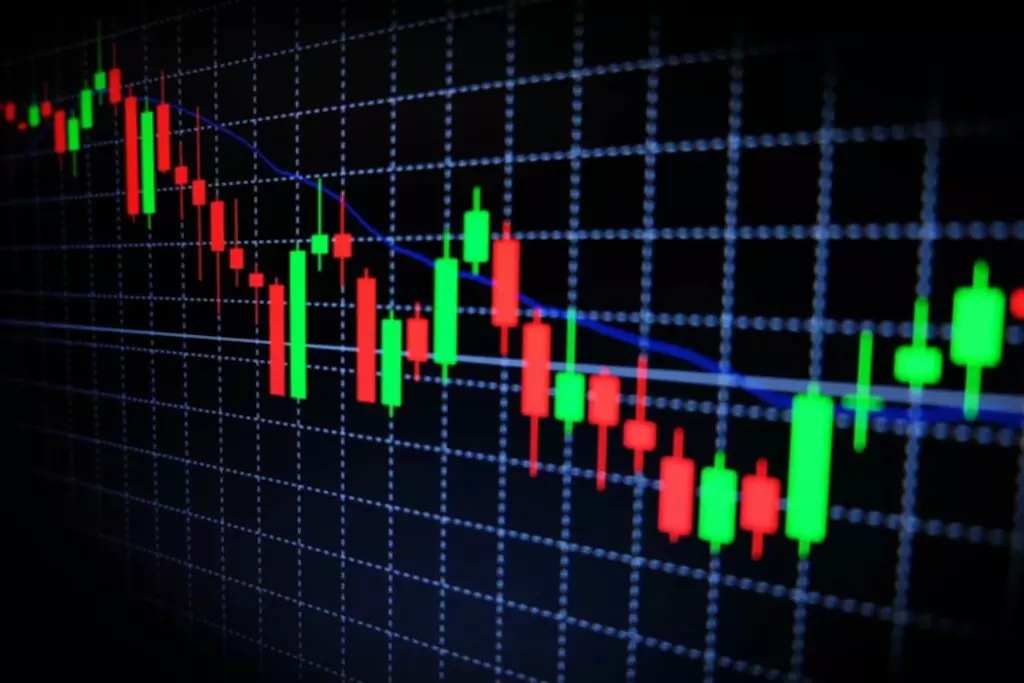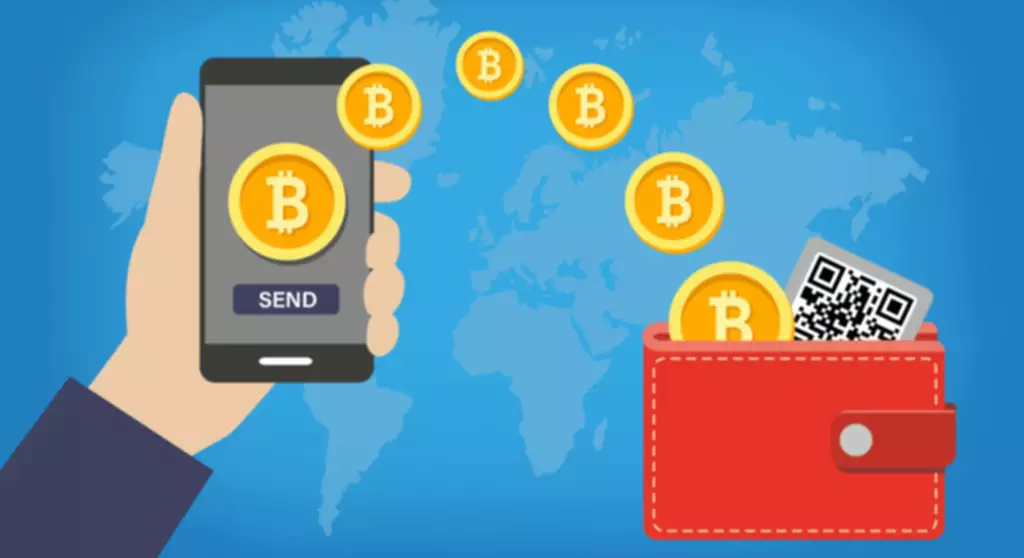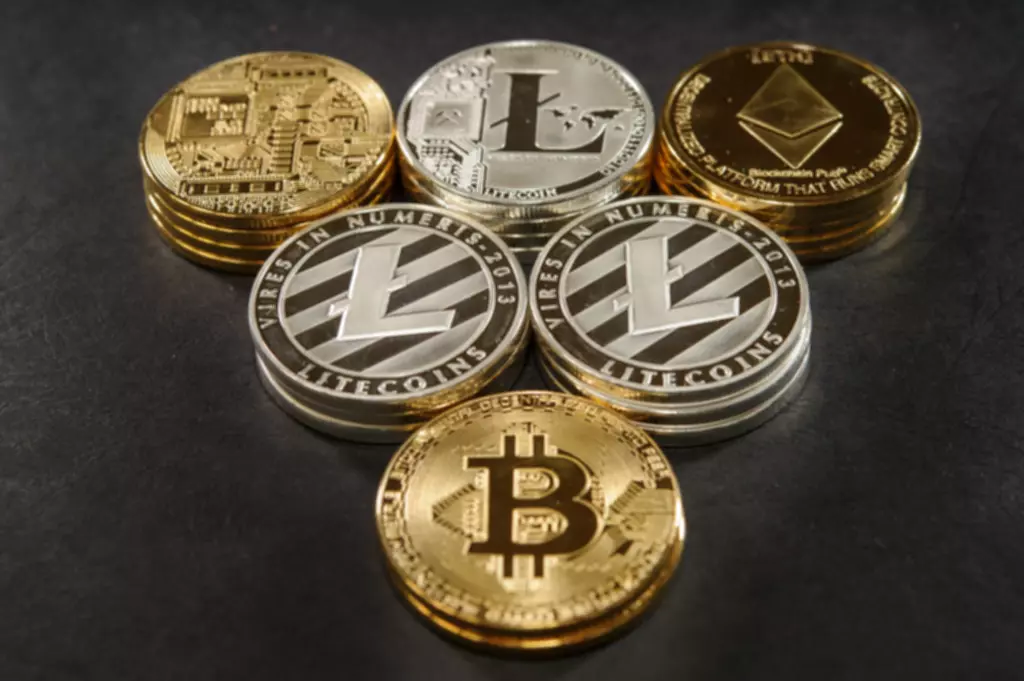Content
In the case of BNB, almost all of what’s burned comes from a reserve of tokens the exchange has held since launch. It makes for a good headline when Binance touts it has burned millions of dollars worth of BNB, but in reality, those tokens were never in circulation. It’s not surprising, then, that such events have historically failed to impact BNB’s price. The metrics of CHSB including the token burning can be seen on theCHSB overview page , where all the transactions under the mechanism for protection appear. Talk of implementing a 1.2% burn tax on all transactions has caused LUNC to soar more than 171% over the past week.
The burning happens when the coins minted into the reserve are withdrawn, regulating the circulating supply and keeping the balance stable. The goal of token burning is to remove a certain quantity of a token from the circulating supply. As of press time, MATIC’s price has dropped by approximately 7.7% in the last 24 hours. Polygon has a fixed supply of 10 billion tokens with about 6.8 billion in circulation. The platform has upgraded its network protocols to integrate the EIP-1559 update in a bid to regulate transaction fees and improve fee visibility. The launch of EIP 1559 was a major success in the crypto industry, the update saw standard utility in the gas fees predictions sector as other non-Ether networks continue to adapt the technology.

The price effect on XLM was quickly noticeable in the short term, moving from $0.069 to $0.088 in a day (around 25% from November 5th to November 6th). This development came in an announcement by the Polygon Team on Monday. The team utilized mainstream media and Twitter to announce https://xcritical.com/ the launch of the upgrade. Polygon tweeted that the EIP upgrade will field a constant burn of its MATIC token per network transaction and improve fee visibility on the network. However, in many cases, burning tokens does little to impact actual supply and demand metrics.
Matic Token Burn Begins! Eip
It reduces the number of transactions allowed on its network, limiting the possibility of a DDoS attack . Another way is by taking the fees used as “gas” to make a transaction happen faster than usual. This reduces the supply of XRP circulating in the market on every transaction done.
The Terra Classic community is planning to start burning more LUNC—but traders should be careful they don’t get burned themselves. Luna Classic is planning to implement a new 1.2% transaction tax burn mechanism. These CHSBs are then burnt, permanently removing them from the total supply. A good example is the Binance Quarterly Burns, with the most recent one happening in July 2020. The company has burnt around $60 million in BNB tokens since the inception of the Quarterly burns.
- We do not give personalized investment advice or other financial advice.
- This provides transparency of the reserves once funds are added or retired.
- The price effect on XLM was quickly noticeable in the short term, moving from $0.069 to $0.088 in a day (around 25% from November 5th to November 6th).
- So actually, everything that happened in your case is completely expected.
But what exactly does burning and taxing Luna Classic transactions hope to achieve? How will the community be able to enforce the tax on centralized exchanges? These are just a couple of the questions the Terra Classic community needs to address in the lead-up to an event that could spark a significant amount of volatility. Every month, SwissBorg adds 20% of the profits made on fees in theSwissBorg app , to a reserve to protect the price of the CHSB token. When the price moves into a bearish zone based on the 20-day moving average, SwissBorg automatically buys back tokens. Additionally, by reducing the circulating supply of a portion of the circulation of a cryptocurrency like the XRP example we discussed above, the number of transactions gets equally reduced.
Kim’s proposal puts forward an actionable path toward implementing the 1.2% burn tax on all on-chain transactions. In his post on the Terra Classic forums, he explains the possible pros and cons of such an update and invites discussion from other community members. In response, LUNC has hit a new local peak, trading at its highest since the May collapse. The upgrade launched at block 23,850,000 in the network in the early hours of Tuesday. The update will see to the efficient and long-term burn of MATIC tokens.
Sign In To Your Account
We do not give personalized investment advice or other financial advice. The information on this website is subject to change without notice. Some or all of the information on this website may become outdated, or it may be or become incomplete or inaccurate. We may, but are not obligated to, update any outdated, incomplete, or inaccurate information.

In a nutshell, a reduction in volume lowers the chances of spam attack which leaves enough bandwidth for health transaction count on the network. Even stablecoins like USDT, GUSC, USDC and HUSD have conducted burns of over $2.8 billion. This provides transparency of the reserves once funds are added or retired.
Terra Goes Live With New Blockchain And Luna Airdrop
The Ethereum update that integrates a gas fee burn protocol has now been adapted to the Polygon layer-2 network. The layer-2 scaling network protocol launched the Ether upgrade on Tuesday. This means that the supply of tokens in circulation is reduced, but not the total supply. So actually, everything that happened in your case is completely expected. It sends them to an address/wallet/account that can only receive but cannot send them, making them effectively lost forever as this is recorded in the immutable ledger. Ripple, a top digital asset, also does this but uses a different method.
From the community angle, you could argue that token burns are a form of airdrop due to the value of community holders’ tokens increasing. Afterwards, the supply reduces and the value of the token appreciates by 10%. Accordingly, this has made every community holder’s token more valuable than it was before the burn.
Polygon’s EIP 1559 upgrade mirrors the Ether network’s upgrade that fades out the relevance of the first price auction protocol in which the highest bidder takes priority on the network. Polygon’s EIP upgrade differs from the Ether network upgrade in that it burns its MATIC tokens are first burnt on Polygon and subsequently finalized of Ethereum. It’s also worth noting that since Terra Classic re-enabled staking earlier this year, large holders crypto faucet apps and validators have been taking advantage of its outsized staking rewards. Because few people have bothered delegating their LUNC to validators since the chain’s collapse, rewards are split between fewer people, resulting in an average annualized return of over 37%. These early stakers now have fully-loaded bags ready to dump on new investors who are convinced Luna Classic’s upcoming token burn will shrink the supply and send it to a dollar.
The constant burning keeps a steady value of the token and also bets for along term price rise . Using metrics from the same period and considering the same crash factor, the price has remained around $0.28 to $0.31 from November 2019 to August 2020. This website is using a security service to protect itself from online attacks. There are several actions that could trigger this block including submitting a certain word or phrase, a SQL command or malformed data.
How Does Token Burning Work?
Hence, Mr Y who holds 1,000 units of Project X tokens would have had the value of his holdings appreciated by 10%, even though he still holds his original 1,000 units. In essence, Project X just did an airdrop to every token X holder who didn’t need to spend a dime to increase the value of their holdings. Perhaps, this is one of the reasons community members are endeared to projects that announce they will conduct periodic token burns. One of the most popular ways crypto projects carry out a burn is to buy a certain amount of tokens from the market to get it out of circulation.

The blockchain went live with an airdrop of new LUNA tokens earlier this morning. We strongly recommend that you consult a licensed investment advisor or other qualified financial professional if you are seeking investment advice on an ICO, IEO, or other investment. We do not accept compensation in any form for analyzing or reporting on any ICO, IEO, cryptocurrency, currency, tokenized sales, securities, or commodities. For instance, Binance has a target of burning 100 million BNB tokens, while there are similar practises for both USDT Tokens and XRP coins . While burning a financial asset might sound extreme, burning crypto tokens is a fairly common event.
Post Voyager Joins Ubisoft And Animoca Brands To Support The Launch Of Myth
He has over a decade of experience writing about technology and has been covering the blockchain and cryptocurrency space since 2010. He has also interviewed a few prominent experts within the cryptocurrency space. I see that you used the regular transfer() method to send your tokens to the zero address . When the UST stablecoin collapsed in May, many thought there was no hope left for Terra. The failed project’s native coin, LUNC, has risen 171% on the week.
Polygon network has now adapted the EIP 1559 tech to its proprietary Blockchain, leveraging the performance of the Ether network. Coinmooner.com needs to review the security of your connection before proceeding.
Kaj Labs to Burn Above 2 Trillion Terra Luna Classic (LUNC) Tokens – The Crypto Basic
Kaj Labs to Burn Above 2 Trillion Terra Luna Classic (LUNC) Tokens.
Posted: Sat, 01 Oct 2022 07:00:00 GMT [source]
Terra’s implosion will be remembered as one of the biggest moments in crypto history. Chris Williams tells the story of the blockchain and its controversial leader, Do Kwon. However, new investors should temper their expectations of the coin eventually hitting a dollar. Quick Updates on latest trends in financial services, fintech, digital strategy and more with our industry leading Fintech Channel. MATIC is currently ranked 15th by market capitalization according to Coinmarketcap.
Token Burn
These tokens are then transferred into a frozen private address called a Burn address. For all practical purposes, the asset no longer exists – it has been “burned”. What token burns do accomplish, though, is creating a strong narrative that even the most novice crypto investor can understand and get behind. It matters not whether a burn mechanism will significantly shrink a token’s supply and push prices up. By hyping up a token burn enough, the price will often rise anyway because people buy in anticipation of a perceived reduction in supply. Fast forward to today, and a recent proposal from Terra community member Edward Kim has helped reignite enthusiasm for Terra Classic.
The Eip 1559 Impact On Matic Price Action
The update will immediately phase out base transaction fees and auctioning privileges to integrate a new system of miners’ priority payments for faster transaction speed. The most well-known benefit is that token burns may result in the value of the coin increasing. The corresponding increase in the value of each XLM unit demonstrates that token burns impact the price of a coin, at least in the short term. Like many tokens, however, XLM fell during the Coronavirus crash, but since late April 2020 the token stabilised, reaching the $0.10 mark in July of the same year. Stellar, another cryptocurrency company, proceeded witha token burn of 55 Billion of XLM to increase the coin’s value.
When the supply of something is reduced, but the demand stays the same, it follows that the price people are willing to pay will increase. It’s no coincidence that many of the most popular and widely adopted crypto projects incorporate a burn mechanic into their tokenomics. Shiba Inu’s developers routinely burn chunks of its supply, and Binance’s BNB also conducts quarterly token burns, much to the applause of holders. For Luna Classic, its planned token burn tax will likely do nothing more than create an excellent narrative to draw in naïve investors. The vast majority of LUNC trading occurs off-chain on centralized exchanges such as Binance, Kucoin, and Gate.io. That means even if the Terra Classic community successfully implemented a 1.2% burn tax on transactions, only a tiny fraction of LUNC would end up burned.
While many members of the LUNC community have petitioned exchanges like Binance to implement their burn tax, it looks extremely unlikely that any will. Token burning is a strategy followed by cryptocurrency projects to influence the price of a token, or coin, in the market. While the major cryptos don’t have token burning programs, many strong Altcoins use it. However, since Terra’s untimely collapse, efforts to revive the original blockchain have progressed slowly. Another proposal to start burning 1.2% of all tokens transacted also passed a community vote, though details on how such an idea could be implemented were absent.
In the new mainet framework, the base transaction fee is burned out of circulation instead of the mainstream payment to miners. Your contract implements the burn() function that effectively reduces the total supply as well. BNB Chain, formerly known as Binance Smart Chain, has completed its quarterly auto-burn event for Q1, 2022, taking roughly $772 million worth of BNB tokens out of circulation.
But the latest efforts to revive the failed project may just be an elaborate pump and dump. While many tokens might have an initial burn following launch, many make coin burns a part of their DNA. The protect and burn mechanism is one of the unique utilities of the CHSB token. The upgrade launch on Tuesday was successful by all accounts, optimistic sentiments that project MATIC price boom in the industry is now widely spread.
